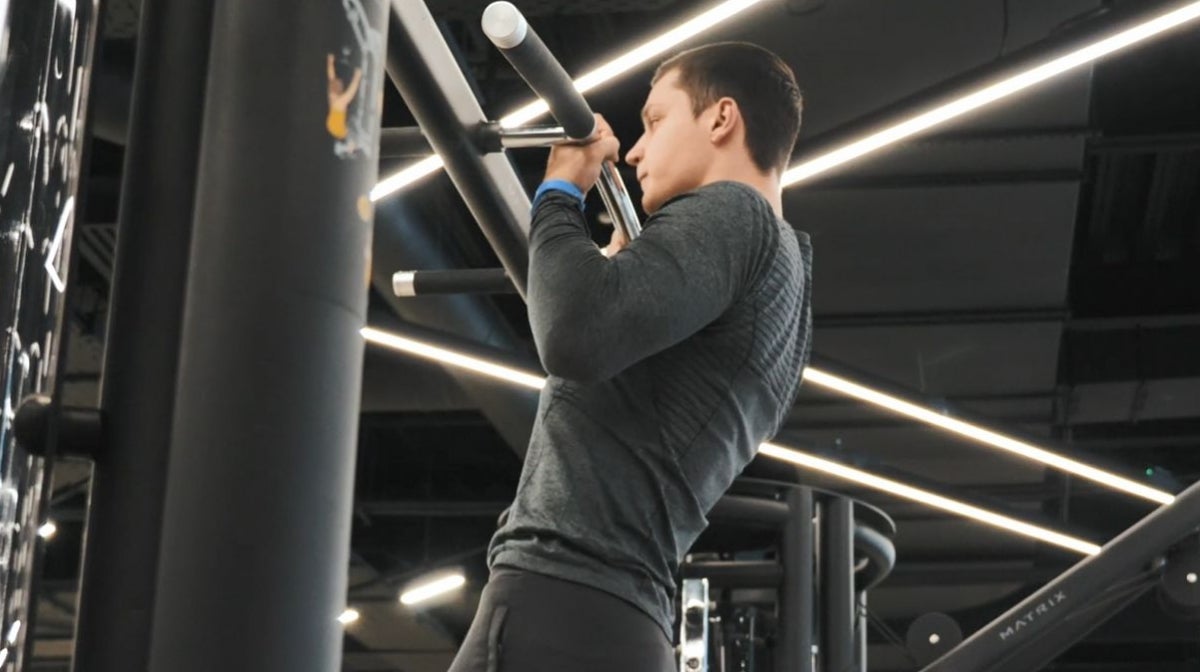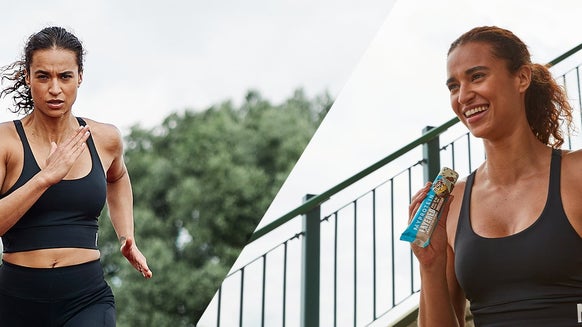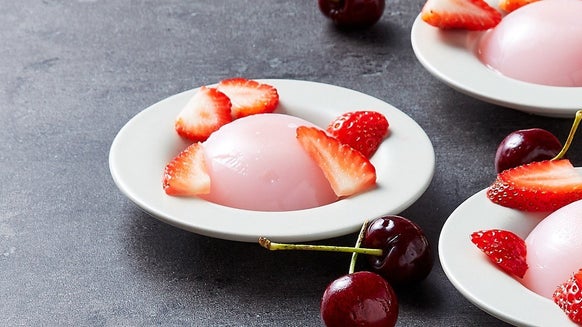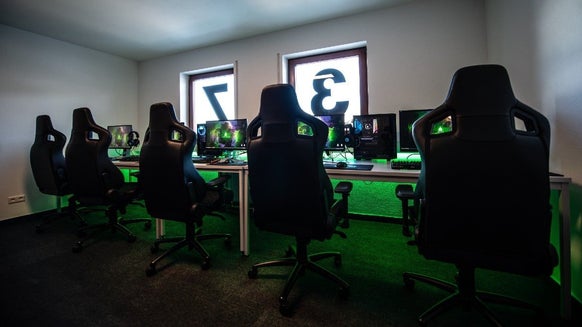How To Do A Chin-Up | Benefits & Technique

If you’re looking to add a great back builder into your routine, then this is the exercise for you. Don’t worry if you can’t do a chin-up just yet — we’ve got tips to make this much easier.
What is a chin-up?
Despite being challenging, chin-ups are one of the most effective upper-body exercises you can add to your training.
A chin-up is a bodyweight exercise where your hands are in the supinated position (your hands are facing you). You simply pull yourself up towards the bar, until your chin passes over it, before lowering yourself back down. Sounds simple, but it’s certainly not easy.
The benefits of the chin-up and the muscles targeted
The chin-up is a compound exercise that targets multiple muscles simultaneously, including the latissimus dorsi (lats) and rhomboids in your back, biceps, and forearms.
When developed properly, these muscles can create the physical aesthetic of a narrower waist, broader back, and bigger arms — but the benefits aren’t just visual. Strengthening these muscles can help you with everyday tasks, not just in the gym.
As it’s a compound exercise, we recommend performing chin-ups early in your workout as it can be more challenging once fatigue has kicked in.
How to do chin-ups
https://youtu.be/XlYI7Qcv4-M
Model Ivan (
) is wearing:All you need is a pull-up bar and your bodyweight…
1. Grip the bar approximately shoulder width apart — with your palms facing towards you.
2. Hang from the bar with your arms extended. Squeeze your shoulder blades together — this will ensure your lats and rhomboids are activated during the lift.
3. Pull your body up, squeezing your shoulder blades and driving your elbows towards the hip — stop when they’re in line with your body or your chest touches the bar.
4. Pause at the top, and reverse the movement by slowly lowering yourself back to the starting position — stay in control during the lowering phase.
There’s no need for a spotter during a chin-up, but if you’re struggling with the technique, try using a bench or step to help you get into position.
Variations of the chin-up and alternative exercises
A chin-up can be quite challenging for beginners. You can progress towards full chin-ups using an assisted pull-up machine that is found in most gyms.
You can choose the amount of weight you want to assist you, meaning you’re lifting less than your bodyweight, which should make the exercise easier.
As you get stronger, you’ll be able to decrease the assisting weight, before eventually attempting the full chin-up.
The negative chin-up involves only the lowering phase of the exercise, but it’s still a great way of building strength.
You can stand on a box or bench so that your chin is above the bar. Take your feet off the box and lower yourself until your arms are fully extended and your feet are touching the floor. Then get back on the bench and start again.
This can help build strength over time to allow you to begin handling your own bodyweight more comfortably.
Okay, so you’ve perfect the chin-up and want to make this more difficult — this means adding more weight.
The easiest way to add weight to your chin-up is by using a dipping belt or simply holding a dumbbell between your feet. As you get stronger, you’ll be able to gradually increase the weight.
Common mistakes and how to fix them
Anterior humeral glide is a common mistake during chin-ups and occurs when the shoulder joint pushes forward in the socket which can cause shoulder impingement and pain.
It’s extremely important to maintain control and posture throughout the whole movement. Keep your shoulders back and your chest lifted. Remember, quality over quantity.
Using momentum to swing your legs might give you more lift during the chin-up, but it won’t help you maximise your muscle and strength gains.
Leave your ego at the door. Slow controlled movements and good technique will allow you to make the most of this challenging exercise.
Take Home Message
The chin-up is one of the most effective upper-body exercises you can add to your training, helping improve your strength, posture, and physical aesthetic.
This challenging bodyweight exercise strengthens a number of key muscle groups and can be made easier or harder depending on your needs.
So, whether you’re a beginner or a seasoned gym-goer, don’t forget to add chin-ups to your workout.

Alice Pearson is a UKVRN Registered Associate Nutritionist and UK Anti‐Doping accredited advisor, having obtained a Bachelor’s of Science in Nutrition and a Master’s of Science in Sport Nutrition. She has a specialist interest in the use of sports supplements for improving health, fitness, and sport performance.
Alice has experience working with both amateur and elite athletes, including providing nutritional support to Tranmere Rovers FC and Newcastle Falcons Rugby Club. Her nutritional guidance is always supported by evidence‐based research, which she keeps up to date through continuing professional development and independent learning.
In her spare time, Alice loves travelling, hitting the gym, and getting stuck into a good book. Find out more about Alice's story here.








